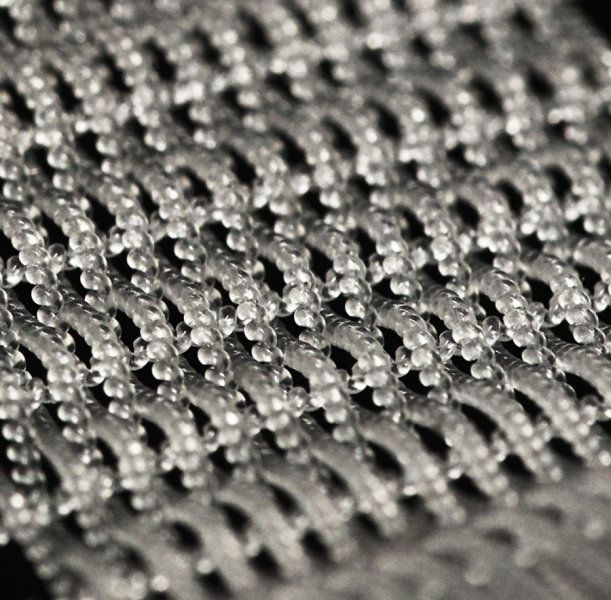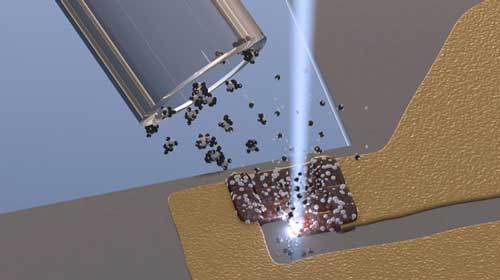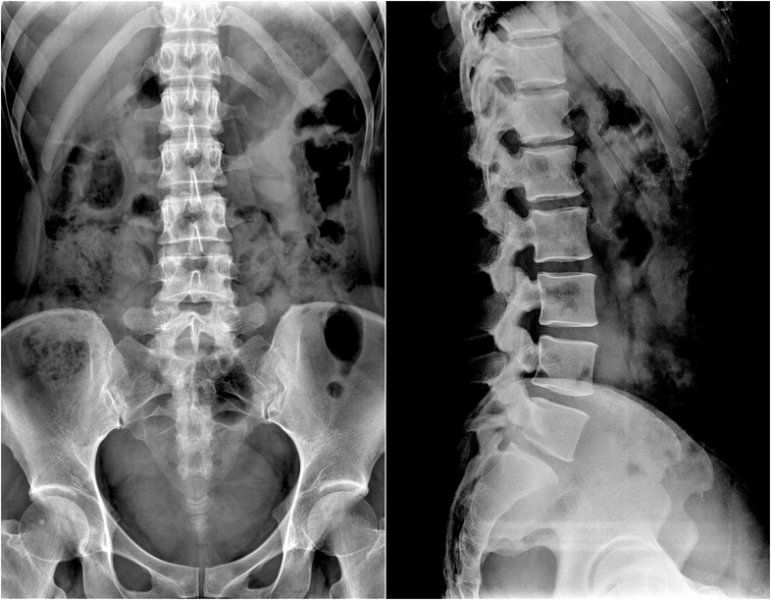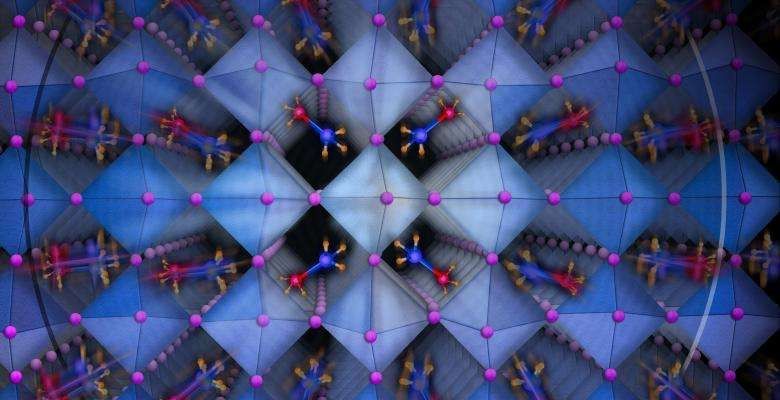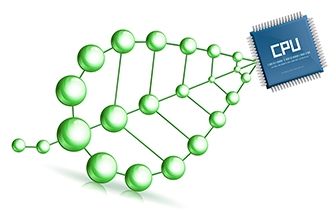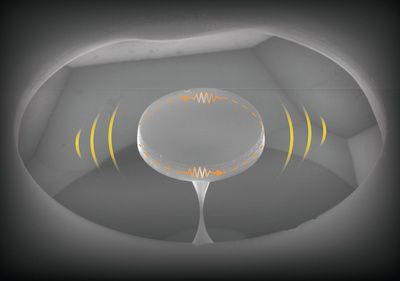Sep 27, 2016
KIT team develops ‘quantum optical structure on a chip
Posted by Karen Hurst in categories: computing, nanotechnology, particle physics, quantum physics
Researchers at the Karlsruhe Institute of Technology say they have developed a quantum photonic circuit with an electrically driven light source. Described as a ‘complete quantum optical structure on a chip’, the development is said to fulfil one condition for the use of photonic circuits in optical quantum computers.
“Experiments investigating the applicability of optical quantum technology have often claimed whole laboratory spaces,” said Professor Ralph Krupke. “However, if this technology is to be employed meaningfully, it must be accommodated on a minimum of space.”
The light source for the quantum photonic circuit is carbon nanotubes which emit single particles of light when excited by a laser. Because they emit single photons, carbon nanotubes are attractive as light sources for optical quantum computers.
Continue reading “KIT team develops ‘quantum optical structure on a chip” »

